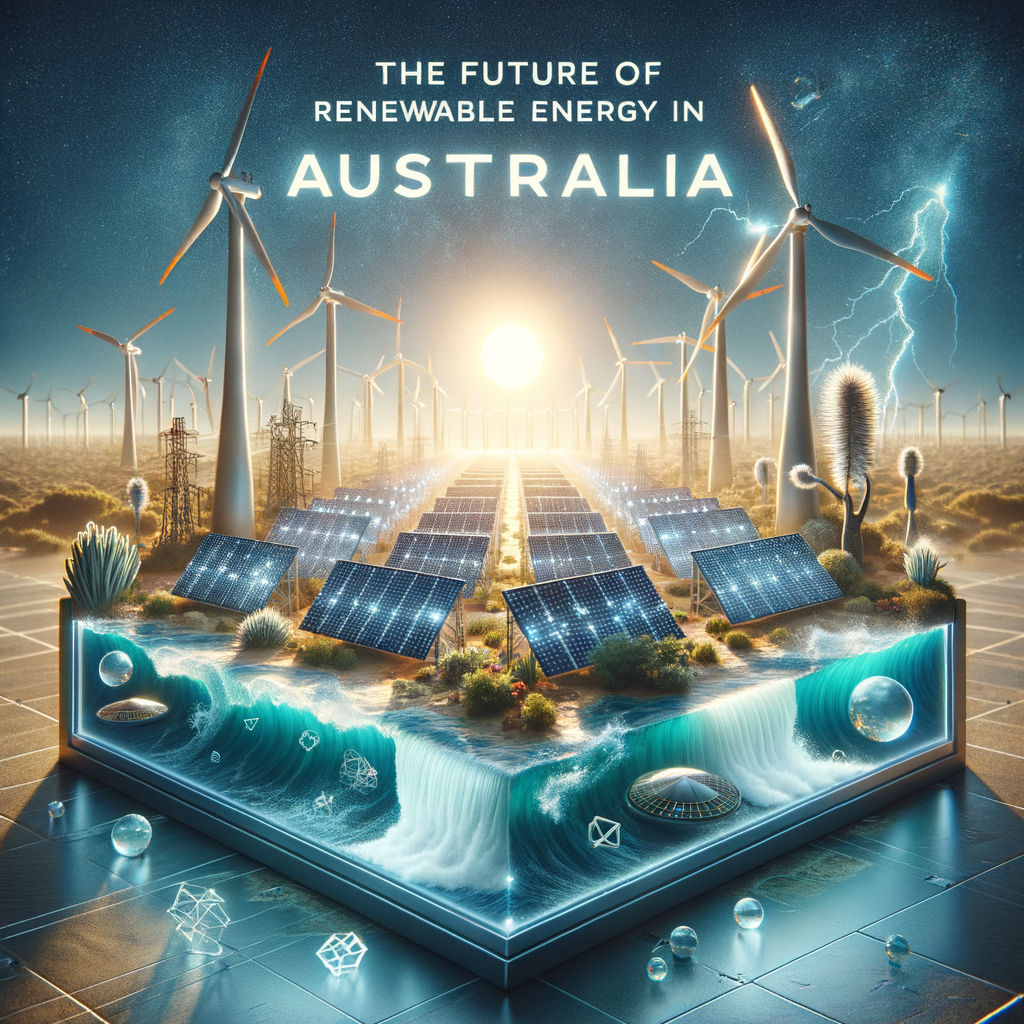Physical Address
304 North Cardinal St.
Dorchester Center, MA 02124
Physical Address
304 North Cardinal St.
Dorchester Center, MA 02124

Australia, being a country blessed with abundant sunshine and wind, is perfectly positioned to lead the world in the renewable energy sector. As we move towards a future where sustainability is key, it’s important to consider what this means for Australia’s energy production and consumption.
In recent years, Australia has made significant strides towards embracing renewable energy. According to the Australian Bureau of Statistics, as of 2019-20, renewable sources accounted for about 21% of total electricity generation. This growth is primarily driven by solar and wind power.
However, despite these advancements, fossil fuels still account for a large portion of the country’s energy mix. Coal-fired power plants generate approximately 60% of Australia’s electricity. The challenge lies in shifting away from these traditional energy sources without disrupting supply or significantly increasing costs.
Solar power plays a crucial role in Australia’s renewable energy future. With over 300 days of sunshine per year on average across the country, harnessing this resource seems like a no-brainer.
Australia currently ranks among the top ten countries worldwide for solar PV capacity. More than two million Australian households already have rooftop solar panels installed – that’s one in four homes nationwide!
Advancements in technology are also making solar power more efficient and affordable. Battery storage systems like Tesla’s Powerwall are allowing homeowners to store excess power generated during the day for use at night or during peak periods when grid electricity prices are high.
Wind energy is another promising area for development within Australia’s renewable sector. The country is home to some of the world’s best wind resources, particularly in southern and coastal regions.
Wind farms are cropping up across the country, with projects like the Hornsdale Wind Farm in South Australia setting records for both size and output. As technology improves and costs continue to decrease, we can expect to see even more growth in this sector.
While solar and wind energy are currently leading the charge, other renewable technologies hold promise for Australia’s future too. One such technology is hydrogen fuel cells.
Australia has the potential to become a global leader in hydrogen production. The process involves using electricity (ideally from renewable sources) to split water into hydrogen and oxygen. The resulting hydrogen can then be used as a clean-burning fuel source.
Wave energy is another emerging technology that could play a significant role in Australia’s renewable energy future. With its extensive coastline, Australia has enormous potential for wave power generation.
The transition towards renewable energy will not be without its challenges. Key among these will be integrating renewable sources into our existing grid system, managing supply reliability as we shift away from coal-fired power stations, and ensuring affordability for consumers.
However, with continued investment in research and development, ongoing policy support from government agencies, and increasing public awareness about climate change and sustainability issues, there is every reason to believe that Australia can overcome these hurdles.
In summary, while there may be challenges ahead on the road to a fully renewable future for Australia’s energy sector, it’s clear that the opportunities far outweigh them. With its abundant natural resources – sun, wind, waves – plus emerging technologies like hydrogen fuel cells – Australia stands at the forefront of a global shift towards sustainable energy solutions.